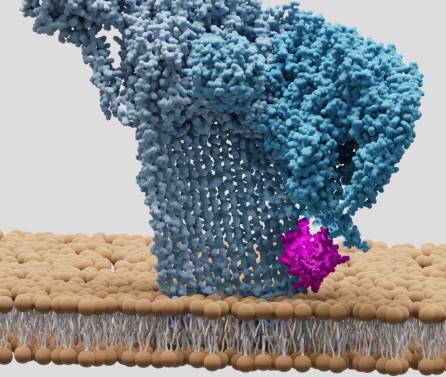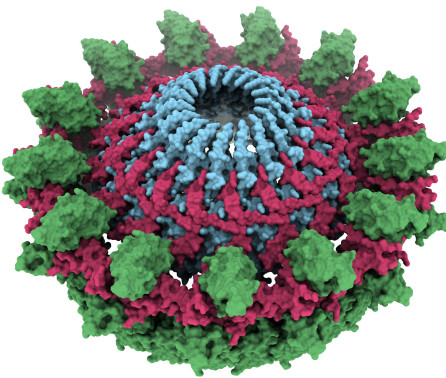BibTex format
@article{Frankel:2015:10.1128/IAI.00291-15,
author = {Frankel, GM and Habibzay, M and Crepin-Sevenou, V and Glegola-Madejska, I and Guenot, M and Collins, J},
doi = {10.1128/IAI.00291-15},
journal = {Infection and Immunity},
pages = {3342--3354},
title = {Tir-induced actin remodeling triggers expression of CXCL1 in enterocytes and neutrophil recruitment during Citrobacter rodentium infection},
url = {http://dx.doi.org/10.1128/IAI.00291-15},
volume = {83},
year = {2015}
}

